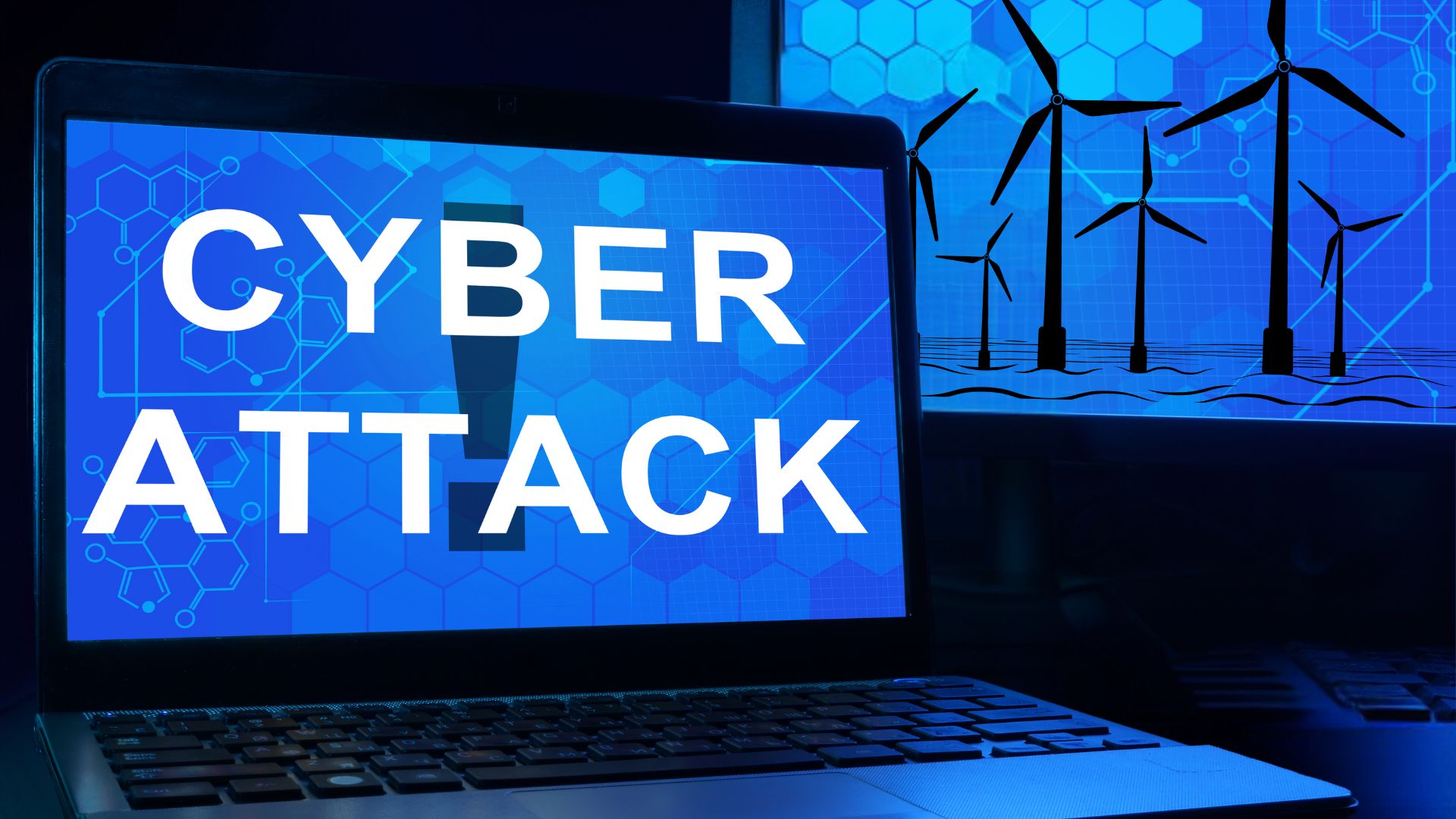Cyberattacks on these renewable energy generation locations are a bigger threat than many realize
Offshore wind farm installations are already playing a substantial role in the decarbonization of energy around the world. This trend is only expected to grow as demand for cleaner sources of electricity continues to rise.
Unfortunately, these power sources are already being targeted by cybercriminals
While the push continues to grow offshore wind farm sizes and installations, cybercriminals have taken their opportunity to work to spoil those, just as they target virtually everything else within the digital space.
A recent report from the Alan Turing Institute has shown that cybercriminals have already been adding clean energy to the virtually unlimited list of places – which also include hospitals and healthcare systems, schools, airports, companies, and private individuals, among others – that they are willing to try to ruin for their own unethical gain.
It is already very important for vulnerabilities to offshore wind farm cyberattacks to be addressed. Otherwise, this could lead to power outages of unpredictable severities, harming everything reliant on power, including critical systems such as hospitals.
A risk to confidence in offshore wind farm security
Not only are such cyberattacks dangerous to the function of an offshore wind farm and the recipients of their clean power, but it also places confidence in the security of that power at risk, said the report. The authors pointed out that artificial intelligence (AI) could be applied to help bolster the resilience of the clean energy generation locations against cyberattacks. However, they also underscored that it will be up to industry and government to make the first moves and to do so quickly.
power, but it also places confidence in the security of that power at risk, said the report. The authors pointed out that artificial intelligence (AI) could be applied to help bolster the resilience of the clean energy generation locations against cyberattacks. However, they also underscored that it will be up to industry and government to make the first moves and to do so quickly.
Location, location, location
Among the challenges to digitally protecting an offshore wind farm has to do with the fact that most of them are remotely located. Therefore, they are at a higher risk to disruption. Those on land can be visited more regularly, particularly if they aren’t far from an urban location – or are installed within one.
However, this becomes a much more complicated process with the installation is out in the sea. Those installations are typically remotely monitored using special long distance communication technology. While these are complicated, advanced systems, it also means that there is more potential for something to go wrong, and that it is worth the effort to add enhanced protections against avoidable threats.

